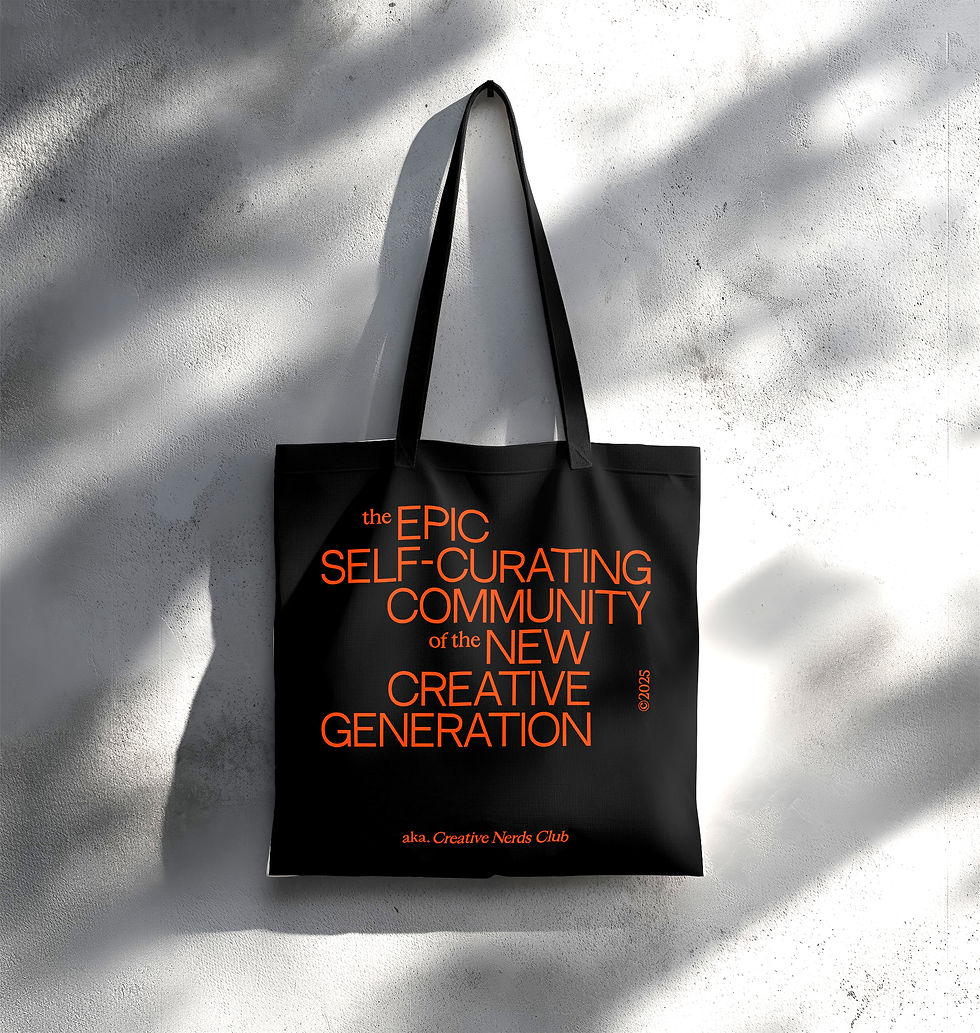DIALOGUE: Ceren Arslan | Architectural Designer & Digital Artist
- Onur Çoban

- Mar 30, 2023
- 3 min read

We talked about her work and production practice with Ceren Arslan, an architectural designer and digital artist working as a concept designer at Kelly Wearstler studio.
Who is Ceren Arslan? Can you briefly tell us about yourself?

I am currently live in Los Angeles and I completed my architectural studies at Pratt Institute in 2018. After nine years in New York, I moved to Los Angeles to work as a concept designer in Kelly Wearstler's office before starting my own agency. I am an architectural designer and digital artist working on buildings, interiors, landscapes, and experiences.
Can you tell us about your EXIT project, which aims to break the spell of the ordinary and create a unique space?
EXIT is an art project focused on architectural concepts, spatial design, and storytelling that spans multiple disciplines, from set design to creative production to experiential spaces. Each EXIT takes a concept, represented by a unique architectural language and out-of-the-box thinking, and transports one into new and exciting spaces. Focusing on the idea of escape from reality, EXIT is a comprehensive architectural catalog in both digital and physical media, adopting the neo-brutalist architectural style.
When working on a project, how do you reflect the character and personality of the design? What are the most important criteria for you in this context?
Before starting a new project, I first focus on the project's story. What message do we want to convey with this project? What story are we telling? Who is the focus audience? What are we changing? I can say that answering these questions is my most important criterion; I don't find it possible to design without a story. After the story is formed, I focus on visual storytelling. In general, EXIT has a monochromatic and neo-brutal visual aesthetic. EXIT has become a design catalogue with architectural spaces based on a single color and at a scale beyond the usual. I see this as a comprehensive work within the framework of contemporary architectural discourse.
You had the privilege of being one of the eight architects who were awarded the architectural visualization award by the Archdaily jury organized by Design Week. In which direction do you think the discipline of architectural visualization is heading, and what can we expect in the future?
Due to the development of architectural programs, we can create realistic and detailed models. This makes the design easier to understand and communicate. In the future, mainly thanks to virtual and augmented reality, the discipline of architectural visualization will probably become more interactive and responsive, and users will be able to experience designs in real-time. I think this will allow clients to make decisions more easily and designers to develop their models more quickly and accurately.

How important is the balance between functionality and aesthetics in design for you, and what kind of strategy do you follow to achieve this balance?
I believe a good design should be aesthetically pleasing and functionally practical. To achieve this balance, I first try to fully understand the functional requirements and the user's needs early in the design process. I then develop the design taking into account aesthetic preferences and features. To ensure that the design aligns with the functional requirements, I prototype and test at different design stages to ensure that it meets them.
I select materials, colors, and forms to ensure aesthetics carefully. I develop the design elements using different techniques such as drawings, renderings, and prototypes to ensure that these elements fit together. Considering both factors during the design process, I strive to create a functional and aesthetically successful design.
You are a concept designer at Kelly Wearstler studio, one of the world's leading design offices. As a concept designer, what kind of research do you do before starting a project? Which sources do you draw inspiration from?
First of all, I understand the needs and desires of my client for the project I am designing. After determining the project's purpose, target audience, area of use, and budget, I research the location's geography, environmental conditions, local culture, and architectural style. These provide me with sources of inspiration and help me develop design approaches.

Are you excited for the future? What are your plans?
I'm very excited about the future. Art and design came into my life when I was very young, but only recently have I entered the art world professionally. EXIT is only two years old, yet it has already achieved great success with big names. These days I'm interested in collaborations; I find it inspiring to produce a product or a visual with an artist or a designer. I'm sure we will see more of this work in the coming months. I recently launched the EXIT Room concept for the first time in my physical life. At the Senza Fine after party, part of New York Fashion Week, I launched the VIP Room sponsored by LVMH with the EXIT concept. I plan to continue this shortly.









































